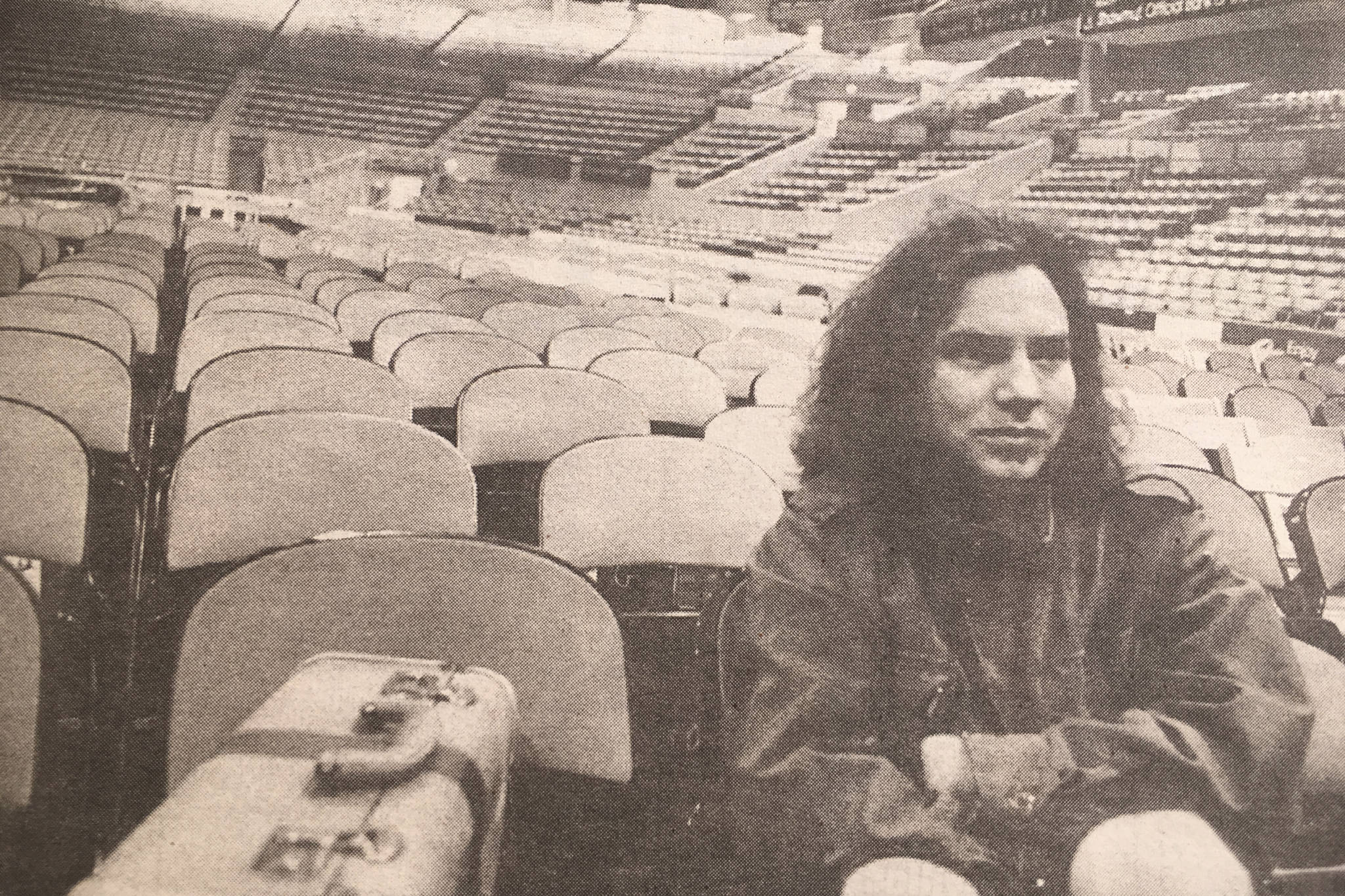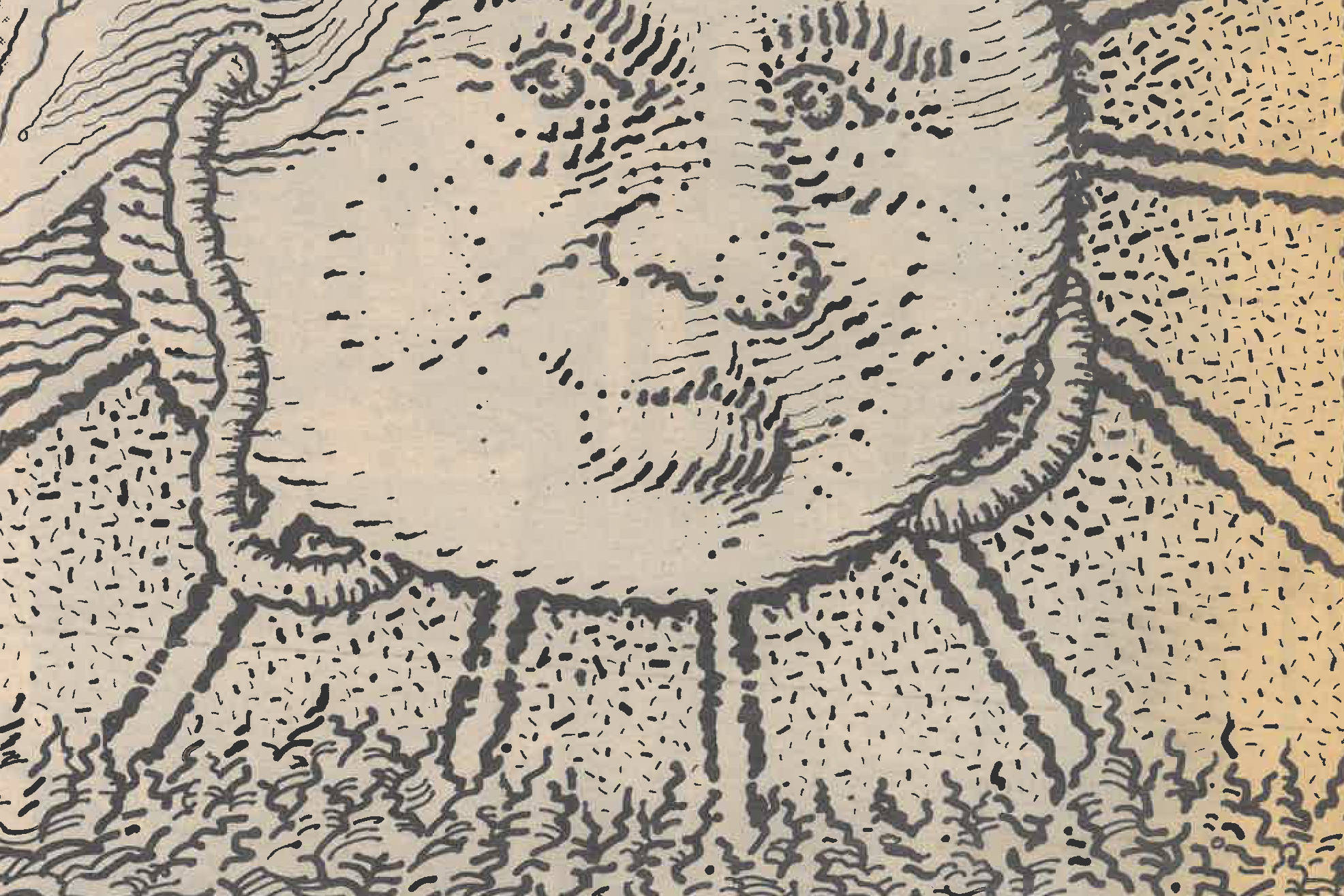While hordes of more celebrated and less able authors have flashed and faded across the national publishing scene, for the last 25 years Steven Millhauser has quietly amassed a body of work that is consistently elegant, original, and fascinating. His Edwin Mullhouse: The Life and Death of an American Writer, 1943-1954 is a depiction of childhood as a state of genius. There followed Portrait of a Romantic, a portrayal of American adolescence as romantic agony. Next came From the Realm of Morpheus, adulthood rendered as inspired despair; and then the Pulitzer-winning Martin Dressler: The Tale of an American Dreamer, the expansive, relentless spirit of the industrial revolution re-created in the mind and soul of a single restless American entrepreneur.
The Knife Thrower
by Steven Millhauser (Crown, $22)
Scattered among these novels have been short stories and novellas, gathered into four collections, the most recent being The Knife Thrower and Other Stories.
Millhauser’s originality rests in his ability to render the utterly fantastic as utterly realistic. Edwin Mullhouse is the biography of a great American novelist who died at age 12; Martin Dressler is about a hotelier who creates ever-more-fantastic hotels filled with artificial parks, spaces, and animals that are described as feats of real engineering rather than a novelist’s overheated imaginings.
Similarly, the stories in The Knife Thrower are eerie tales told in a natural voice that assumes, on the part of the reader, complete familiarity with the fantastic world of the narrator. A knife-throwing act leads inexorably to the torture and death of a volunteer from the audience; a man goes to visit an old schoolmate and his new wife and discovers that the wife is a large frog; an entire town is consumed by the fear that all of its young daughters are involved in a nocturnal, moon-centered cult; a man remembers his boyhood as one in which he and his pals were persistently taking risks with their families’ flying carpets….
Millhauser’s most persistent theme is the predicament of the artist who, in his or her search for perfection, often escapes—or is subsumed—into an artificial world that is both a symptom of madness and a grandiose expression of genius. His best stories, in this collection and elsewhere, are simply long discussions of single works of art or bodies of work in which dramatic stories emerge in the discussion of a painting, a novel, a sculpture, or an animatronic device. The best story in The Knife Thrower, “The New Automaton Theater,” is a long discussion, by an unnamed citizen of an unnamed city “justly proud of its automaton theater,” of the life and work of the great “master” of “clockwork art,” Heinrich Graum. The masters in this town create 6-inch-high automatons that act in 20-minute-long plays of such power that men and women fall hopelessly in love with the autonomic actors and actresses, who “emote” more powerfully than flesh-and-blood actors:
It has even been argued that these finely wrought creatures are capable of expressing in their faces certain deep and complex emotions which the limited human musculature can never hope to achieve. Those who blame our art for too great a reliance on mechanical ingenuity (for we are not without our critics) would do well to consider the relation between the physical and the spiritual, and to ask themselves whether the most poetic feeling in the soul of man can exist without the prosaic agency of a nervous system.
The astonishing thing about Millhauser’s stories is that you find yourself debating the refinements of art forms and controversies that do not exist. The closest any American writer has ever come to investing readers so much in the unreal is Edgar Allen Poe. But Millhauser’s work, perhaps because so much of it meditates so powerfully on art and its relationship with the human mind, is more enchanting. His seductions are so effective that it is more disorienting to put one of his books down and reacquaint yourself with reality than to pick up one of his books and acquaint yourself with his surreality. You feel sometimes as if his books are genuinely dangerous: Fall too much in love with them, and—like many of his doomed artists—you won’t make your way back.






